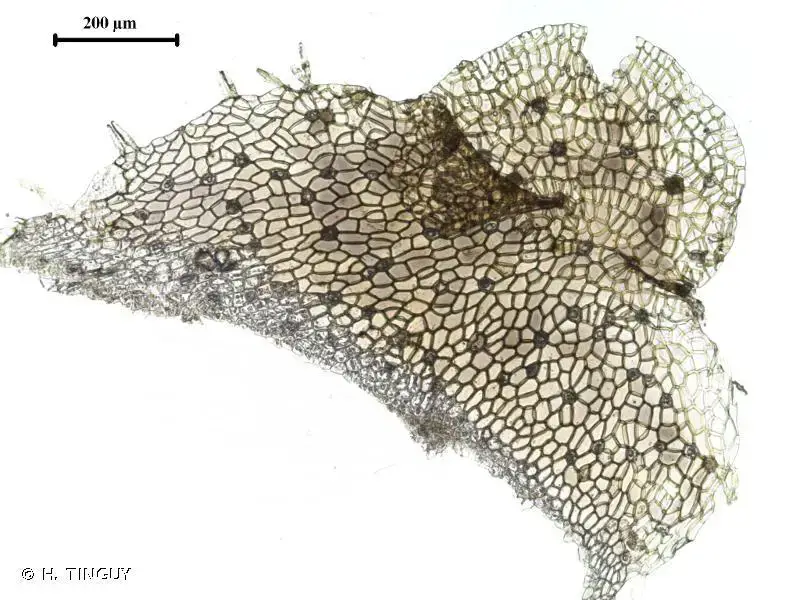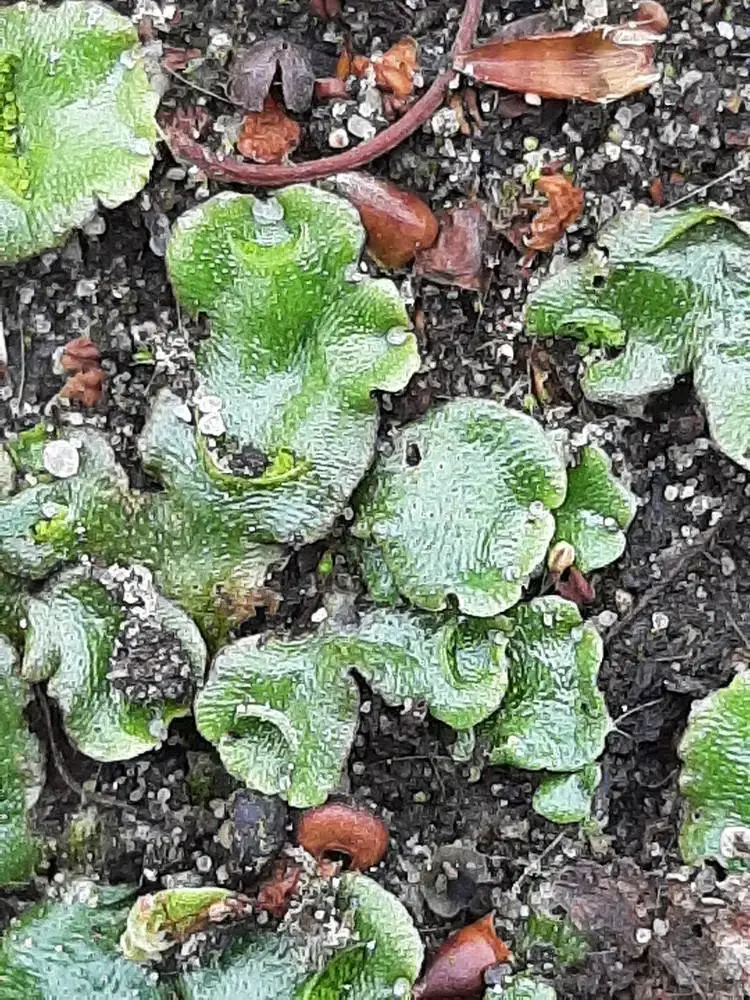
lunularia-cruciata.jpg from: https://www.asturnatura.com/especie/lunularia-cruciata.html
Introduction
The world of mosses is a fascinating one, filled with tiny, resilient plants that have been around for millions of years. Among these ancient survivors is the Lunularia cruciata (L.) Dumort. ex Lindb., a member of the Lunulariaceae family, commonly known as Lunularia. This unassuming moss has captured the interest of enthusiasts and scientists alike, thanks to its unique features and remarkable adaptations.
Background
Before we delve into the details of this remarkable moss, let’s take a moment to understand its place in the plant kingdom. Lunularia cruciata belongs to the division Marchantiophyta, also known as the liverworts or hepatics. These non-vascular plants are among the oldest lineages of land plants, dating back to the Paleozoic era, over 400 million years ago.
Main Content

Lunularia-cruciata-(L.)-Lindb.-578101.jpg from: https://www.biodiversidadvirtual.org/herbarium/Lunularia-cruciata-(L.)-Lindb.-img578101.html
Morphology and Identification
Lunularia cruciata is a thalloid liverwort, meaning it grows in a flat, ribbon-like structure called a thallus. This thallus is typically green and can reach up to 5 centimeters in length. One of the most distinctive features of this moss is the presence of small, crescent-shaped reproductive structures called lunulae, from which it derives its name.

Lunularia-cruciata-(L.)-Lindb.-578100.jpg from: https://www.biodiversidadvirtual.org/herbarium/Lunularia-cruciata-(L.)-Lindb.-img578100.html
Global Distribution and Habitat
This moss is widely distributed across the globe, found on every continent except Antarctica. It thrives in moist, shaded environments, often growing on soil, rocks, or even tree bark. Lunularia cruciata is particularly fond of disturbed areas, such as gardens, greenhouses, and urban environments, where it can take advantage of the moist conditions.
Ecological Roles and Adaptations
Despite its diminutive size, Lunularia cruciata plays an important role in its ecosystem. It helps to stabilize soil, retain moisture, and provide a microhabitat for various invertebrates and microorganisms. Additionally, this moss is known for its remarkable ability to survive desiccation, thanks to its ability to enter a dormant state and revive when conditions become favorable again.

317933.jpg from: https://inpn.mnhn.fr/espece/cd_nom/6167
Case Studies/Examples
One fascinating example of Lunularia cruciata’s resilience can be found in the city of Hiroshima, Japan. After the atomic bombing in 1945, this moss was among the first plants to recolonize the devastated area, demonstrating its remarkable ability to survive and thrive in the harshest of conditions.
Technical Table

Lunularia-cruciata-(L.)-Lindb.-579793.jpg from: https://www.biodiversidadvirtual.org/herbarium/Lunularia-cruciata-(L.)-Lindb.-img579793.html

lunularia_cruciata_01_gb.jpg from: https://cbnfc-ori.org/fiche-espece/especes-vegetales/4765b/12907

Lunularia-cruciata-(L.)-Lindb.-487606.jpg from: https://www.biodiversidadvirtual.org/herbarium/Lunularia-cruciata-(L.)-Lindb.-img487606.html
| Scientific Name | Common Name | Family | Division |
|---|---|---|---|
| Lunularia cruciata (L.) Dumort. ex Lindb. | Lunularia | Lunulariaceae | Marchantiophyta |
Conclusion

63738004.jpg from: https://waarneming.nl/photos/63738004/
Lunularia cruciata is a true marvel of the plant kingdom, a testament to the incredible adaptations and resilience of mosses. From its unique morphology to its global distribution and ecological roles, this unassuming plant has captured the hearts and minds of enthusiasts worldwide. As we continue to explore and appreciate the wonders of nature, perhaps we can find inspiration in the perseverance and tenacity of this tiny, yet remarkable moss.

bryo1588146262.jpg from: https://obs37.fr/observatoire/index.php?module=fiche&action=fiche&d=bryo&id=6167

Lunularia-cruciata-(L.)-Lindb.-542670.jpg from: https://www.biodiversidadvirtual.org/herbarium/Lunularia-cruciata-(L.)-Lindb.-img542670.html